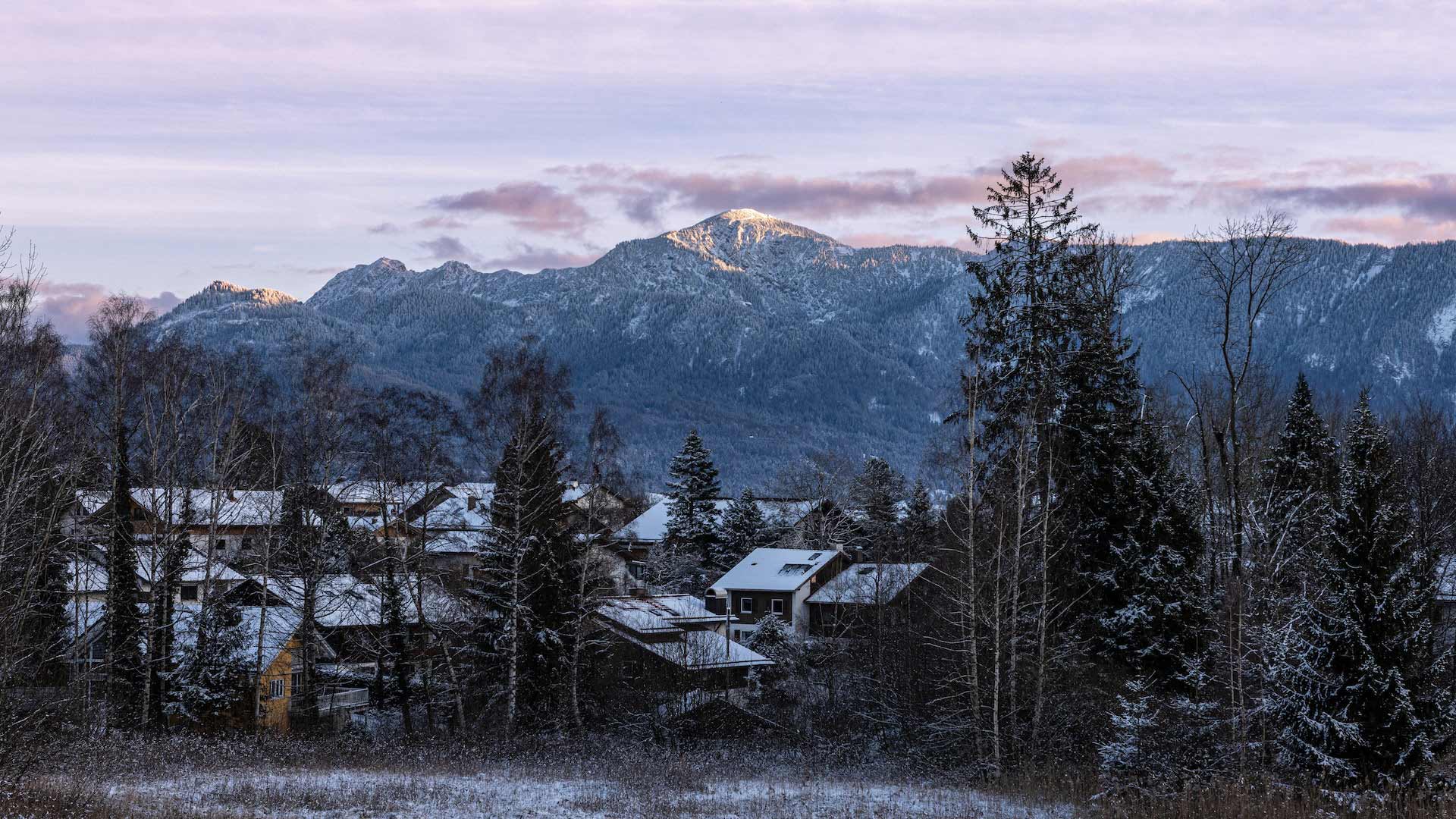
Whole-COMM
Overview
Between 2014 and 2015 small and medium-sized towns and rural areas in Europe have seen increasing arrivals of migrants from areas of political and humanitarian crisis either spontaneously or through national redistribution policies. Local communities which had been previously only marginally (if at all) affected by the settlement of migrants seeking asylum, are consequently facing new challenges, often adding to already complex situations characterised by austerity policies, diminishing social cohesion and political polarization.
WHOLECOMM aims to understand what shapes, affects or enables the integration of post-2014 migrants in small and medium-sized towns and rural areas. Nowadays such an understanding is more crucial than ever if policies are, in the spirit of the Urban Agenda for the EU, ‘to manage integration of incoming migrants (extra-EU) and to provide a framework for their inclusion based on willingness and integration capacity of local communities’ (Pact of Amsterdam, iii).
The integration challenges regarding recently arrived migrants are even more relevant in the context of the post-Covid19 crisis and its aftermath. Essential economic sectors like agriculture and food processing, and sectors hit hard by the pandemic like tourism, are characterised by both a high prevalence of migrant workers and a high territorial concentration in small and medium-sized towns and rural areas. A better understanding of migration governance and integration processes in small localities is, therefore, of utmost importance.
In addition to focusing on so far largely underresearched small and medium-sized towns and rural areas, Whole-COMM also uses an innovative whole-of-community (WoC) perspective to analyse the integration of post-2014 migrants.
This whole-of-community perspective conceives of integration as a process of community-making that:
• Takes place in specific local contexts characterised by distinct configurations of structural factors in terms of i) local economy and the labour market, ii) demographic composition and trends, and iii) levels of socio-cultural diversity and historical relations with migrant-related groups;
• Is brought about by the interactions of the multiple actors – individuals, organisations, institutions and/or corporate entities – that shape the local community with their multilevel and multi-situated relations, networks, interests and resources; and
• Whose outcomes are open-ended and can result in either more cohesive or more fragmented social relations.
